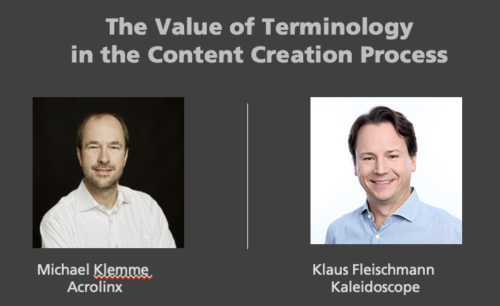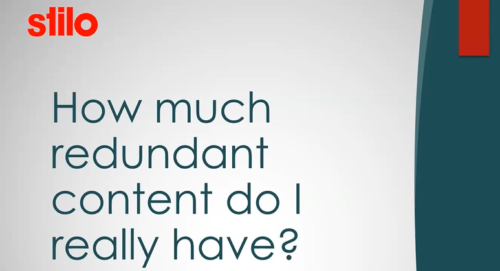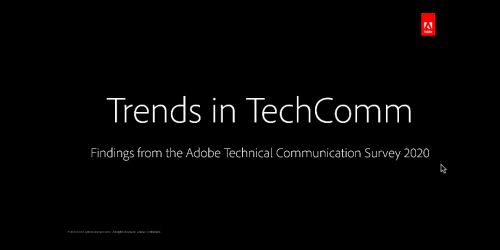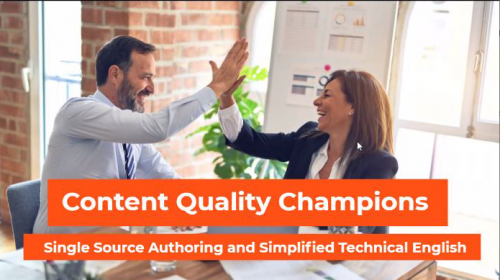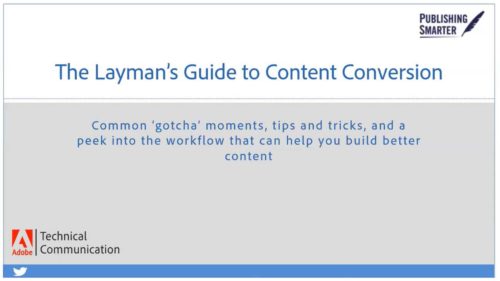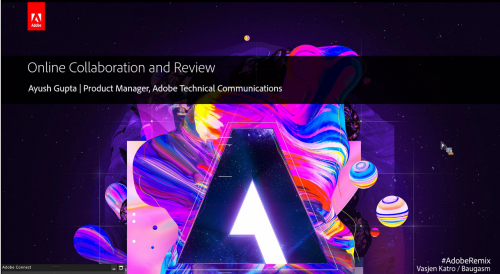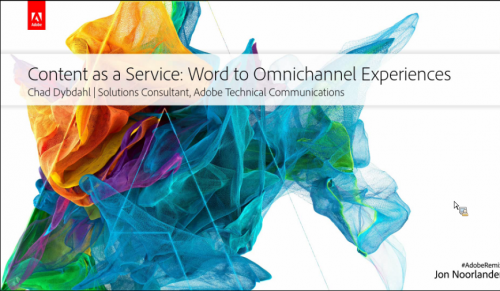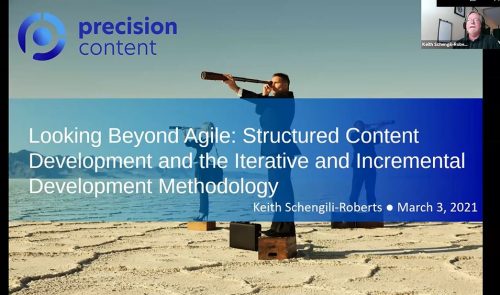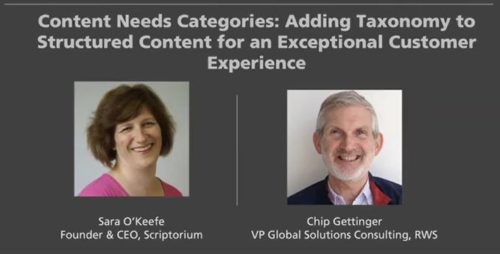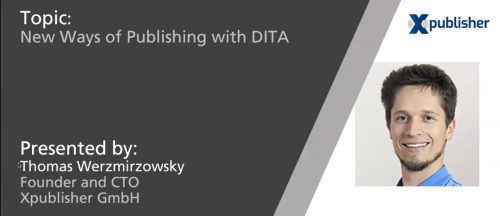
 Presented by Michael Klemme and Klaus Fleischmann
Presented by Michael Klemme and Klaus Fleischmann
Terminology is at the core of great content. When used consistently, it helps you communicate precisely and efficiently, which is an approach to your brand communication. It also makes your content accurate.
But it’s important to have a sound process in place to manage your terminology. Join us and learn how to:
-
Make sure all stakeholders have input into your terminology set
-
Set a process for consent and approval of your terms
-
Make sure you have a consistent and failsafe process to
-
Have all your terms for checking in Acrolinx, as the content quality solution of choice
-
Make sure all terminology action is concentrated in quickTerm, as the leading terminology system
-
Michael Klemme is a Senior Solutions Architect at Acrolinx. He advises new and existing customers on how they can efficiently integrate Acrolinx into their processes and helps partners to develop integrations.

